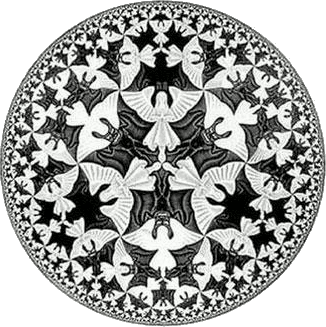
Scientists describe the world by measuring quantities and forces that vary over time and space. The rules of nature are often expressed by formulas, called differential equations, involving their rates of change. Such formulas may have an "index," the number of solutions of the formulas minus the number of restrictions that they impose on the values of the quantities being computed. The Atiyah–Singer index theorem calculated this number in terms of the geometry of the surrounding space.
A simple case is illustrated by a famous paradoxical etching of M. C. Escher, "Ascending and Descending," where the people, going uphill all the time, still manage to circle the castle courtyard. The index theorem would have told them this was impossible.Abel Prize announcement explaining the Atiyah-Singer Index theorem